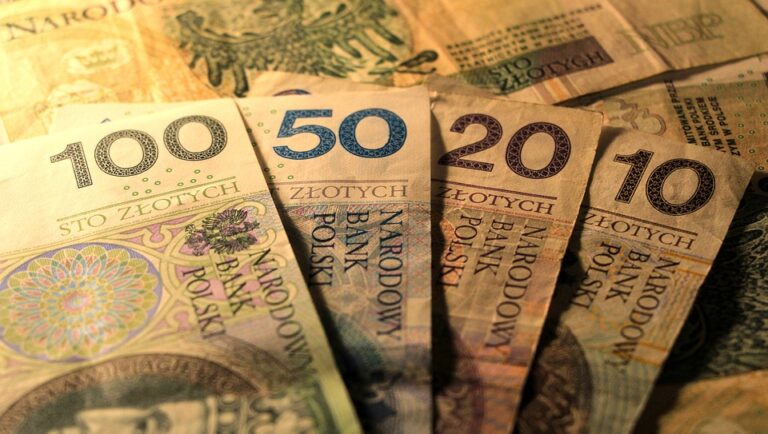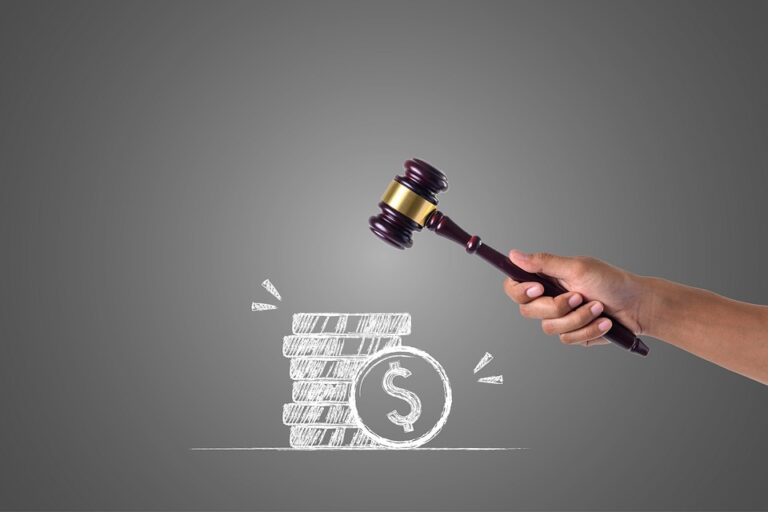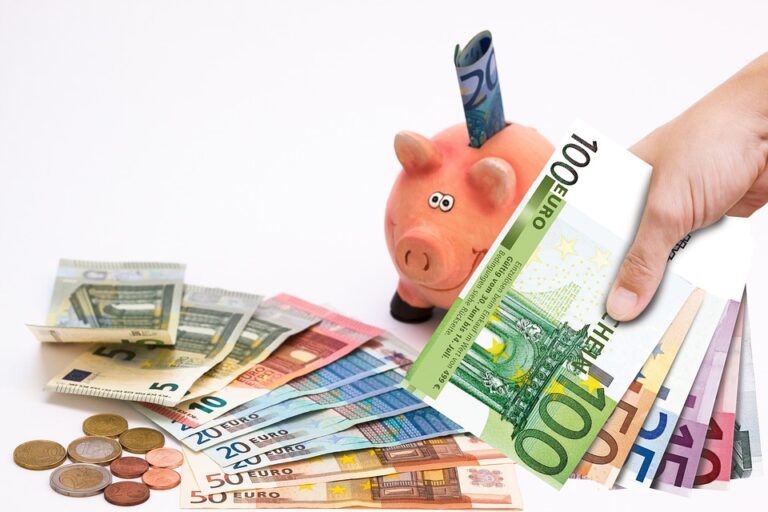Last updated Jul. 27, 2024 by Okechukwu Nkemdirim
The Federal Reserve, often referred to as the "Fed," holds a critical role in the United States’ economic ecosystem. Its primary function is to regulate monetary policy to ensure economic stability, control inflation, and maximize employment. One of the key tools in this arsenal is the manipulation of interest rates. However, as the Fed raises rates to curb inflation, there lies an inherent tension between controlling inflation and potentially nudging the economy into a recession. This article delves into the intricate dynamics at play to answer a looming question: will the Fed cause a recession by raising rates?
The Role of the Federal Reserve
Before we delve into the heart of the issue, it is important to understand the Federal Reserve’s objectives and toolkit.
Objectives
The Fed’s dual mandate, which includes managing inflation and maximizing employment, guides its monetary policy decisions. Inflation control is crucial because high inflation erodes purchasing power, while stable prices promote economic certainty. Conversely, maximizing employment ensures that as many individuals as possible are gainfully employed, contributing to overall economic health.
Toolkit
The primary tools at the Fed’s disposal include:
- Interest Rates: Raising interest rates generally cools down an overheated economy by making borrowing more expensive, thereby reducing spending and investment. Conversely, lowering rates aims to stimulate the economy by making borrowing more affordable.
- Quantitative Easing: This refers to the Fed purchasing government securities to inject liquidity into the economy.
- Open Market Operations: The buying and selling of government securities to influence the supply of money.
The Current Economic Landscape
As of late 2022 and early 2023, the U.S. economy faces a unique set of challenges. While the economy has shown resilience post-pandemic, inflation levels have surged to heights not seen in decades, causing a significant headache for policymakers. The conundrum for the Fed lies in balancing inflation control without stifling economic growth.
The Inflation-Recession Tightrope
Raising Rates: The Mechanism
Raising interest rates is often the Fed’s go-to solution for reigning in runaway inflation. The basic idea is that higher interest rates make loans more expensive for consumers and businesses, leading to reduced spending and investment. This, in turn, slows down economic activity and helps bring inflation under control.
However, this mechanism is not without its risks. Reducing spending and investment can lead to lower demand for goods and services, which can cause businesses to cut back on production. Consequently, this may lead to job cuts, reduced consumer income, and a further reduction in spending—potentially spiraling the economy into a recession.
Historical Context
Examining historical precedents can provide insights. For instance, during the early 1980s, the Fed, led by then-chair Paul Volcker, significantly raised interest rates to tackle hyperinflation. While successful in curbing inflation, these actions also plunged the economy into a deep recession. The memory of this period lingers in the collective consciousness of policymakers and economists, serving as both a cautionary tale and a potential roadmap.
Current Indicators
Several economic indicators suggest that the Fed’s current rate hikes could have sweeping impacts:
- Labor Market: While the labor market has been robust, a rise in unemployment could be a lagging indicator of recession.
- Consumer Spending: A drop in consumer spending often signals waning consumer confidence, which can snowball into broader economic contraction.
- Corporate Earnings: Companies could see reduced profits as higher interest rates increase financing costs and suppress consumer demand.
✓ Short Answer
Raising interest rates can help control inflation but may also dampen economic growth by reducing spending and investment. The Fed faces the delicate task of balancing inflation control with the risk of tipping the economy into a recession.
Opinions and Perspectives
Expert Opinions
Economists and financial experts are divided on the issue. Some believe that the Fed’s rate hikes are necessary and that the economy is resilient enough to withstand them without plunging into a recession. Others warn that the Fed’s traditionally aggressive stance could be too much for the fragile post-pandemic economy to handle.
Policy Alternatives
Some alternatives to rate hikes include:
- Tightening Fiscal Policy: Government expenditure can be controlled while taxes can be adjusted to reduce the money supply.
- Supply-Side Measures: Focusing on improving supply chains and reducing regulatory burdens could help manage inflation without necessitating steep rate hikes.
The Global Context
The U.S. does not exist in a vacuum, and global economic conditions can exacerbate or mitigate the effects of Fed actions. Global supply chain disruptions, geopolitical tensions, and varying economic policies across countries can interact with Fed policies in unpredictable ways.
International Monetary Fund (IMF) Role
The IMF often monitors and provides guidelines for countries grappling with inflation and recession risks. This global oversight adds another layer of complexity for the Fed as it seeks to balance domestic mandates with global impacts.
Emerging Markets
Higher U.S. interest rates can also attract global capital to U.S. markets, often leading to capital outflows from emerging economies. This can create financial instability in those regions, further complicating the global economic landscape.
Looking Ahead
As we look to the future, it is worth considering both short-term impacts and long-term consequences. Interest rate policies have delayed effects, and their full impact might not materialize immediately. The Fed’s actions today will likely shape the economic landscape for years to come.
Technological Innovations
Technological advancements can play a significant role in how effectively the Fed manages this balancing act. Real-time economic data, predictive analytics, and machine learning models can provide new insights into the economic ecosystem, aiding in more precise and timely interventions.
Policy Coordination
Coordination between various arms of government and international bodies will be key. A unilateral approach by the Fed, without considering broader economic ramifications and policy synergies, could exacerbate rather than ameliorate economic woes.
Conclusion
The question of whether the Fed will cause a recession by raising rates is complex and multifaceted. While raising interest rates is a tried-and-true method for controlling inflation, it comes with the inherent risk of pushing the economy into a recession. The challenge for the Fed lies in striking the right balance—tightening enough to control inflation without stifling economic growth. Policymakers, economists, and the general public will be closely watching how this delicate dance unfolds.
FAQs
What is the primary reason the Fed raises interest rates?
The primary reason the Fed raises interest rates is to control inflation. By making borrowing more expensive, the Fed aims to reduce spending and investment, thereby cooling down an overheated economy.
How quickly do interest rate changes impact the economy?
Interest rate changes can take several months or even years to fully ripple through the economy. The lag makes it crucial for the Fed to rely on predictive models and economic indicators to time their interventions appropriately.
Can the Fed’s actions alone cause a recession?
While the Fed’s actions are influential, a recession usually results from a convergence of multiple factors, including fiscal policy, global economic conditions, and consumer behavior. Hence, the Fed’s rate hikes alone are unlikely to cause a recession without other contributing elements.
Are there alternatives to raising interest rates?
Yes, there are alternatives such as tightening fiscal policy (reducing government spending or increasing taxes) and implementing supply-side measures like improving supply chains and reducing regulatory burdens.
How do higher U.S. interest rates affect global markets?
Higher U.S. interest rates can attract global capital to U.S. markets, leading to capital outflows from emerging economies. This can cause financial instability in those regions and further complicate the global economic landscape.
What historical precedents guide the Fed’s current strategy?
The early 1980s serve as a significant precedent. However, while the Fed successfully contained hyperinflation, it also induced a severe recession. This history provides both a cautionary tale and a potential roadmap for current policymakers.






